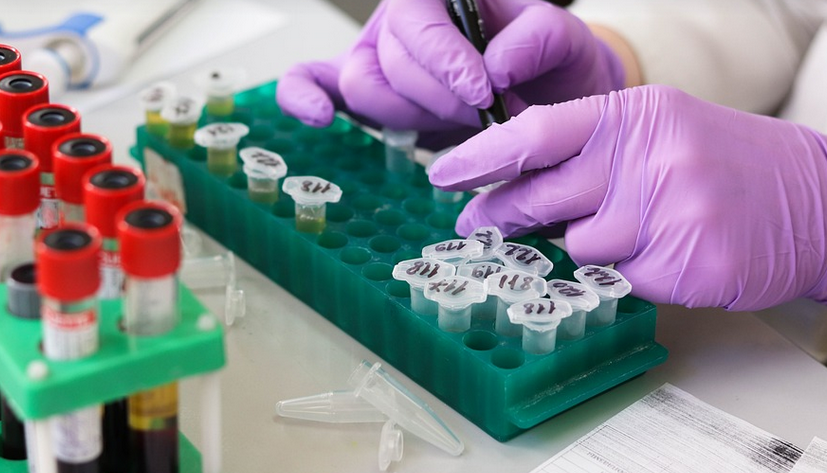A World in Flux: The Need for Innovative Legal Research
The world of law enforcement is constantly evolving. From technology’s rapid advancements to changing societal norms, we’re experiencing a shift in how communities interact with authorities. This calls for fresh perspectives and innovative research methods to address the unique challenges of modern policing.
Traditional research often focuses on past incidents, historical data analysis. However, as the landscape changes, we need more dynamic approaches that connect real-time experiences with theoretical frameworks. This creates a crucial need for interdisciplinary collaboration between researchers from various fields like sociology, criminology, and psychology, to understand the complex dynamics of policing.
Here’s a look at several promising research areas within law enforcement:
1. The AI Revolution in Law Enforcement: Balancing Progress with Ethics
Artificial Intelligence is becoming an increasingly integral part of many aspects of our lives, and police departments are not immune to this trend. AI can help enhance efficiency by automating processes like scheduling, data analysis, and crime forecasting. However, this also raises ethical questions about bias in algorithms, privacy concerns with the use of facial recognition technology, and potential misuse of power.
Researchers need to explore how AI can be implemented ethically and effectively without compromising individual rights or creating further social inequalities. This could involve a multi-pronged approach: developing robust fairness mechanisms for algorithms; establishing clear guidelines for data collection and usage; and building public trust through transparent communication about the technology’s limitations.
Furthermore, legal frameworks need to be updated to address the unique challenges of AI in law enforcement. This requires not only adapting existing laws but also anticipating potential new issues that may arise as AI technologies advance.
Consider these questions:
How can we ensure algorithms don’t perpetuate pre-existing biases and discriminate against vulnerable groups?
Can facial recognition technology be used responsibly without violating individual privacy?
2. Community Policing: Bridging the Gap Between Law Enforcement and Communities
The traditional “police-community” dynamic, often characterized by suspicion and mistrust, needs to change. A more proactive approach, focusing on building long-term relationships with communities through collaborative efforts, is essential for successful policing.
Research into how community policing initiatives can be implemented effectively is crucial for understanding these dynamics better. This includes: studying the effectiveness of alternative dispute resolution methods; implementing programs that actively involve residents in crime prevention planning; and fostering dialogue between police officers and community members.
These programs can help address underlying social issues, reduce crime rates, and build trust between law enforcement and communities. For example, neighborhood watch programs or youth mentorship initiatives could be explored for their potential impact on reducing criminal activity
3. Mental Health & Crisis Intervention: Rethinking Policing in a Changing World
The number of mental health crises has been rising, creating an urgent need for law enforcement to intervene appropriately and with sensitivity. Traditional approaches often involve confrontation, escalating the situation and potentially putting officers and public at risk.
Research is needed to understand the best practices in crisis intervention training for police officers. This includes: exploring de-escalation techniques; developing collaborative protocols with mental health professionals; and implementing specialized units trained to handle these situations effectively.
These are just some examples of how research can help reframe policing around preventative measures, building a more humane and effective system that prioritizes the well-being of everyone involved.
Consider these questions:
How can police officers be trained to better recognize signs of mental illness?
What are the most successful de-escalation strategies for interacting with individuals experiencing a crisis?
4. Data Analytics and Crime Prediction: Moving Beyond Reactive Policing
Traditional policing often relies on reactive methods, addressing crime only after it occurs. However, data analytics offers a promising alternative. This approach could help law enforcement anticipate potential criminal activity before it happens.
Researchers are already using sophisticated algorithms to analyze vast amounts of data like social media posts, public transportation routes, and historical crime statistics to identify patterns and predict hotspots for future crimes. This can help allocate resources more effectively and prevent incidents from escalating before they even occur.
However, there’s a need for careful evaluation of these methods to ensure they don’t perpetuate bias or unfairly target marginalized communities. Additionally, establishing clear guidelines for data collection and usage is crucial to maintain public trust in this technology.
Consider these questions:
How can we ensure that algorithms used for crime prediction are free from biases?
Can predictive policing effectively address the root causes of crime or just be a reactive measure?
5. Policing Diversity & Inclusion: Building Trust and Understanding
Police departments need to become more diverse and inclusive in their workforce, both in terms of demographics and perspectives. This not only reflects society’s growing diversity but also helps build trust between law enforcement and communities.
Research is needed to understand the effectiveness of programs that promote diversity, attract talent from different backgrounds, and create a workplace culture that values inclusivity. It could involve examining recruitment strategies, training materials, and mentorship opportunities for officers.
By focusing on building bridges and fostering understanding between communities and law enforcement, we can move toward a more equitable and just system for all.
